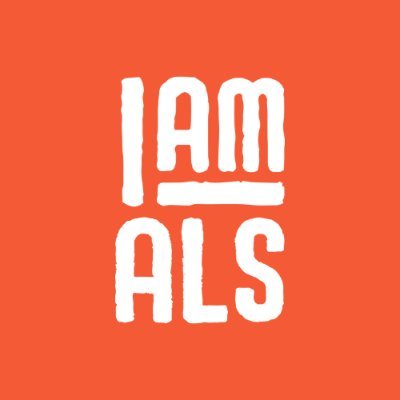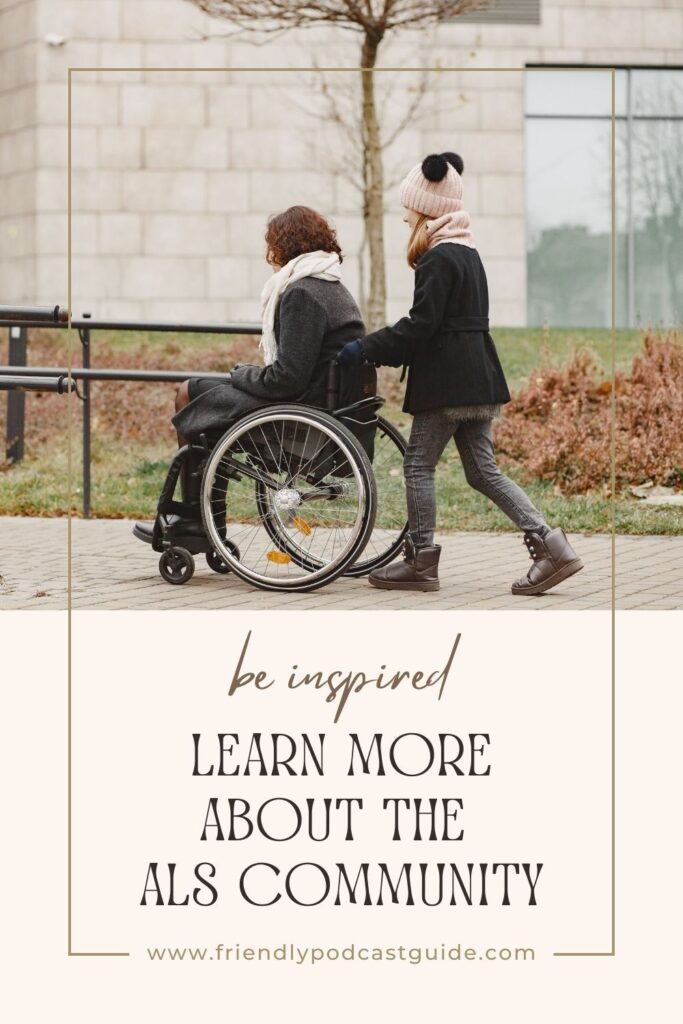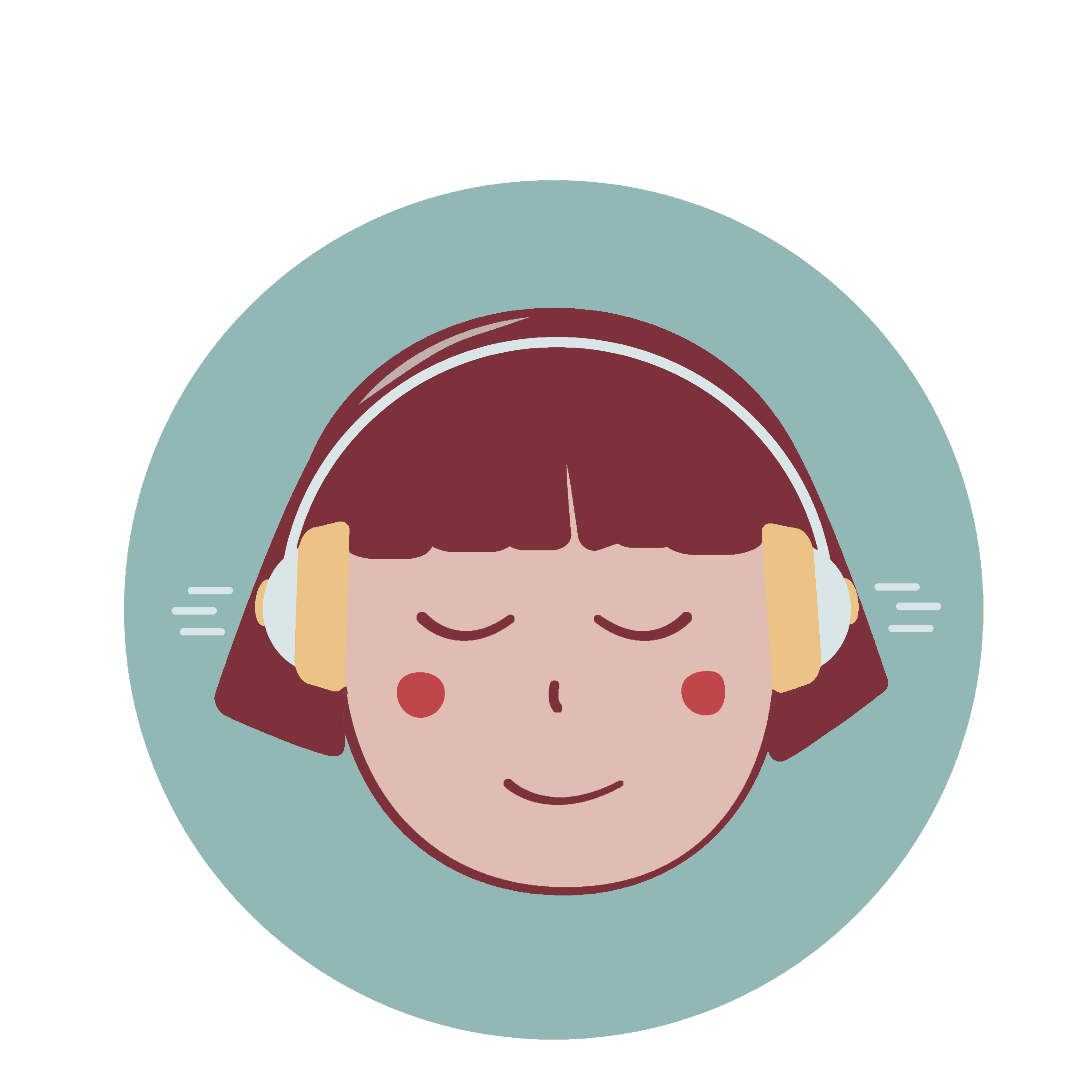Almost a year ago, my brother passed away from complications with ALS. Before Ryan was diagnosed, I had a vague knowledge of what ALS is, but that was it. I didn’t know that there is no cure and no treatments that are able to prolong the life of someone with ALS. Now, I am intimately aware of this disease and I want to be part of the movement that is helping the ALS community thrive and eventually find a cure.

For the month of May, which is ALS Awareness Month, I’m dedicating all of the Friendly Podcast Guide episodes to helping raise awareness of ALS and the amazing people in this community.
Links
I Am ALS
The I AM ALS Community is an amazing group of people that helps the ALS community in countless ways. One of my goals in life is to be able to donate a thousand dollars a month to ALS research. This money will help find better treatments and a cure for ALS. While I’m not able to do that just yet, I know that the money I do donate to the I AM ALS community is doing so much good. If you want to help the ALS community, a simple but amazing way for you to do that is to donate to I AM ALS.
I AM ALS is a patient led community that provides critical support and resources to those living with ALS, as well as caregivers and loved ones. They raise awareness and advocate for the ALS community’s needs. They’ve also been able to increase federal funding for ALS research. I am ALS has also helped revolutionize the development of treatments and cures for ALS.
I AM ALS has been able to do all of this because of the donations they receive each year. If you’re looking for a way to make a difference in the ALS community, Donating to I AM ALS is a great way to do it. There is a link to the I AM ALS donate page at the top of this blog.
What is ALS?
ALS is a neurodegenerative disease and ALS stands for amyotrophic lateral sclerosis. It’s also known as Lou Gehrig’s disease here in the United States.
In Europe and other parts of the world, it’s also called motor neuron disease. or MND. It’s a disease of the brain and the spinal cord that causes the motor neurons to die off. Essentially what happens is the brain stops talking to the muscles until you can’t move or breathe. It’s a hundred percent fatal and there is no known exact cause. That makes it really hard for research to find a cure. Right now there are currently no treatments to stop or reverse the symptoms. There are some treatments that can marginally prolong life and slow symptom progression but once you’re diagnosed, you are expected to live two to five years on average.
ALS Facts
ALS can affect anyone, anywhere, at any age and U. S. military veterans are twice as likely to develop ALS. By 2040, the incidence of ALS is predicted to increase worldwide by 70%. Every 90 minutes someone is diagnosed with ALS. For people who live to be 85 years old, there is a one in 300 lifetime risk of having ALS. US military veterans are two to 10 times more likely to develop ALS than civilians. Military veterans are suspected to be diagnosed with ALS at a higher rate because of bodily trauma and exposure to chemicals. Athletes also get ALS at a disproportionate rate because of suspected body trauma.
All diseases are really awful, but I really think that this is probably one of the cruelest diseases. Knowing that a disease is 100% fatal is devastating. It is devastating for all the people who know and love the person with ALS to watch and know how it is going to end. Everybody who cares about that person has a collective feeling of hopelessness because there isn’t a cure.
Deb’s Story
My husband was diagnosed about 12 years ago and he lived two years and two months with the disease. It felt very hopeless. The education wasn’t there. It was before the ice bucket challenge that became popular and educated some about ALS. I always say the next worst thing besides seeing someone you love live with ALS is explaining to everyone who cares about them what ALS is.
ALS is fairly well known now. The ice bucket challenge was a phenomenon that really helped us with awareness. Since I AM ALS came into the picture we have done a lot of great things.
I would never want to give anybody false hope, but there’s a lot more hope now than there was 12 years ago. That has a lot to do with some legislation that was passed. Also, the community has banded together in so many different ways. We are working collectively with the science and medical community on how to make better trial designs. It feels like there’s more hope now than there was 12 years ago.
Finding Hope
I think the other thing about hope for a lot of the people involved with I AM ALS is that even if they’re not going to see results or if their actions aren’t going to be able to save their lives, they’re hopeful that their participation is going to save others.
That is really powerful. I hope that people are seeing the positive changes that are happening in the research community. There are also positive changes in the medical community, pharmaceutical companies and with the ALS organizations.
Keep Up to Date
We have lots of information to share. Not everybody wants to talk about their ALS. We’ve got an incredible website where people can find resources without communicating with anyone else if they don’t want to. The website is linked at the top of this blog.
Impact of ALS
I think one of the things that impacted a lot of people around us and that I think is true for other ALS families is the realization that we have to live now. We have to spend time together. I think others are looking at and appreciating what they have more. I think they are evaluating how they are living their life and maybe making some changes. I think that’s one way that ALS affects the non ALS population.
Another way that we’re affecting the population is the movement. I AM ALS started this grassroots movement and it keeps getting bigger. It started off seeing that there was a failed system for people who were being diagnosed with ALS and that things were not in place for them.
Brian Wallach and Sandra Abrevea are the founders. They saw this and wanted to make a change. Then they invited people to join them. Now there is a collective group of people and they all have different ideas and different needs. The goal of I AM ALS is to address the needs of the community and we try to facilitate that.
We have a veterans team and they have a whole set of initiatives and agendas. We have many shades of people with ALS. So that’s, that’s a team of people of color with ALS. Black people are diagnosed eight months later on average than white people are.
Those are things that we want to try to improve upon. We are very proud of the impact that we have had since I AM ALS has been in existence. We’re really proud of the progress and advancements we’ve made in just five years. I AM ALS has completely changed the landscape.
The Impact of I AM ALS
If we’re looking at our impact from the perspective of government money spent towards ALS, we are looking at an almost 1,000% return on investment from advocacy efforts. It is really remarkable. It’s over a billion new federal dollars dedicated to ALS in just five years.
In addition to that, our organization led two successful grassroots efforts to pass two ALS bills. One is to eliminate the waiting period for disability benefits. The other bill is the Act for ALS. It demands patient access to experimental treatments. We are a community of people who are passionate and driven to make some kind of change or difference.
Get Involved
They can go to our website and they can look at the many volunteer opportunities we have. We have a Take Action page. That’s where people can make a difference by filling out some forms about raising awareness, increasing ALS research funding or passing some legislation.
We have a donate page where people can donate towards I am ALS and keep the movement going.
We have a summit coming up in Washington DC. We place 6, 000 flags on the National Mall in Washington, DC as we have for the past few years. They signify the approximately 6,000 people that will get an ALS diagnosis. It’s an incredibly moving display.
This year, we’re doing our first ever summit and we have in person and virtual opportunities to attend. That would be a great introduction for your listeners who might want a deep dive into ALS.

All month long, I’m going to be introducing you to lovely members of the ALS community, so be sure to listen to all of the May episodes. Also, if you want to help the ALS community, you can click the link in above to donate to I AM ALS.
